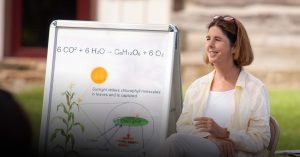Plugging Sustainable Mt. Folly into the Industrial Food System Doesn’t Work
Mt. Folly is a tiny bit of the food system. Our goal is to develop a model of the whole, which can be localized, tinkered with, replicated and quickly scaled. We are as transparent as possible, and have an air B&B where visitors can come see for themselves, talk to Laura, and get the inside story on what worked, what didn’t.
The Systems Challenge
The current food system involves driving from the farmstead to an aggregation center, driving then to huge plants, sorting the commodity in in various ways during different phases of processing, achieving an end product, driving the product on trucks to far flung warehouses coast to coast, loading the end product on yet another delivery truck to an individual store or restaurant, and finally selling to a “consumer,” who eats the food there and drives home, or puts the food in a car and drives it home. This is part of the systems challenge.
Our System
Our solution thus far has been to distribute Homestead Alternatives hemp products regionally to brick and mortar stores and nationally by mail. We also are selling heritage grains we grow and mill through our online store, Laurasmercantile.com. We are marketing small regional brands there, too.
Mt. Folly is a champion of diversity, and our perishables such as beef, chicken and vegetables are sold locally at Wildcat Willy’s farm-to-table restaurant and to our Air B&B customers.
Our heritage corn and rye varieties such as Bloody Butcher, Hickory King, Hazlitt and Pembroke are distilled, though of course our customers can bake with them, too. Make sure you LIKE Mt. Folly Farm on Facebook so you’ll know how we are doing. We welcome your support.
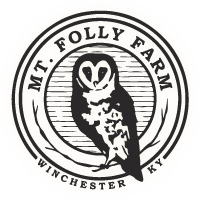


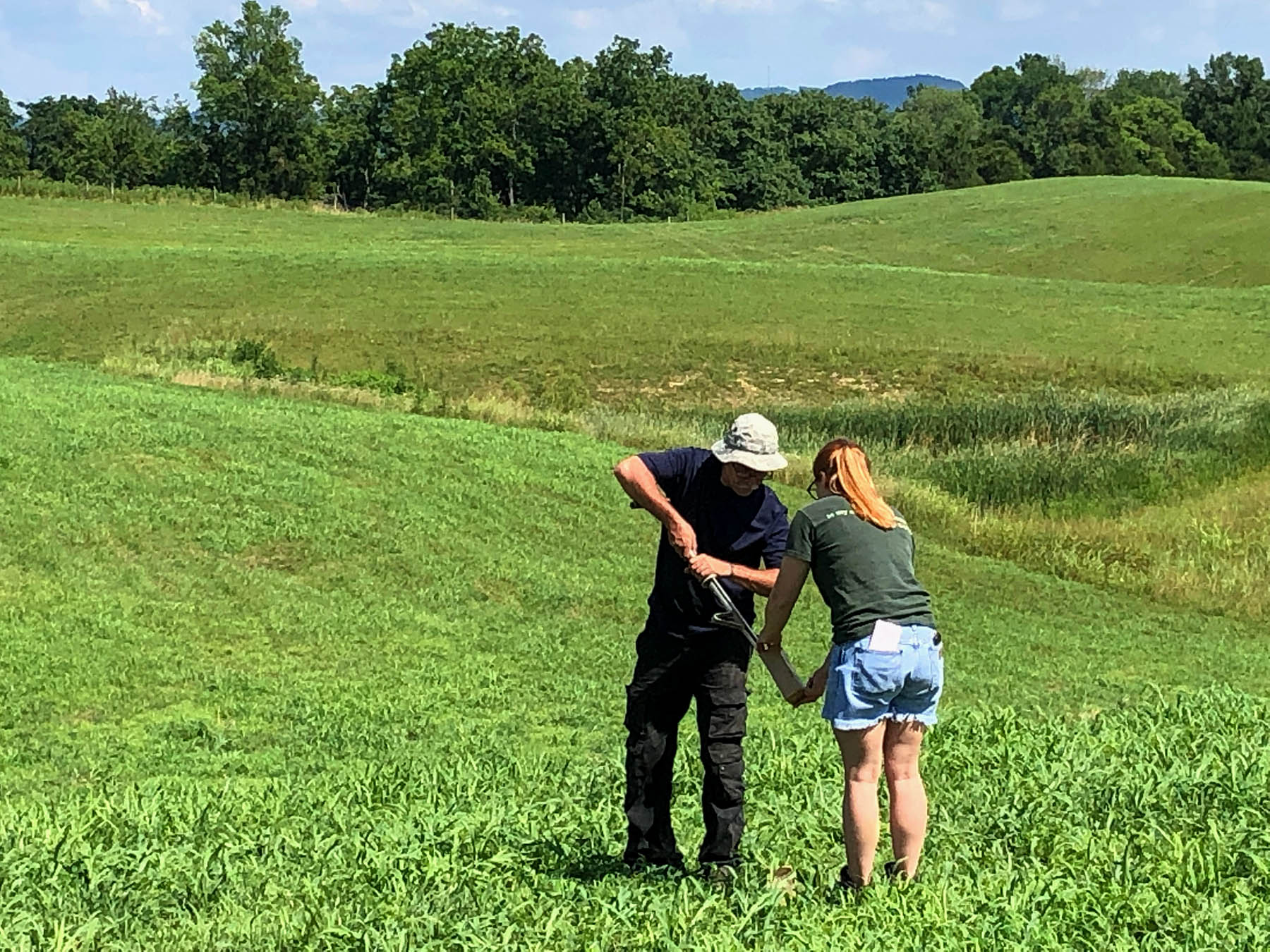
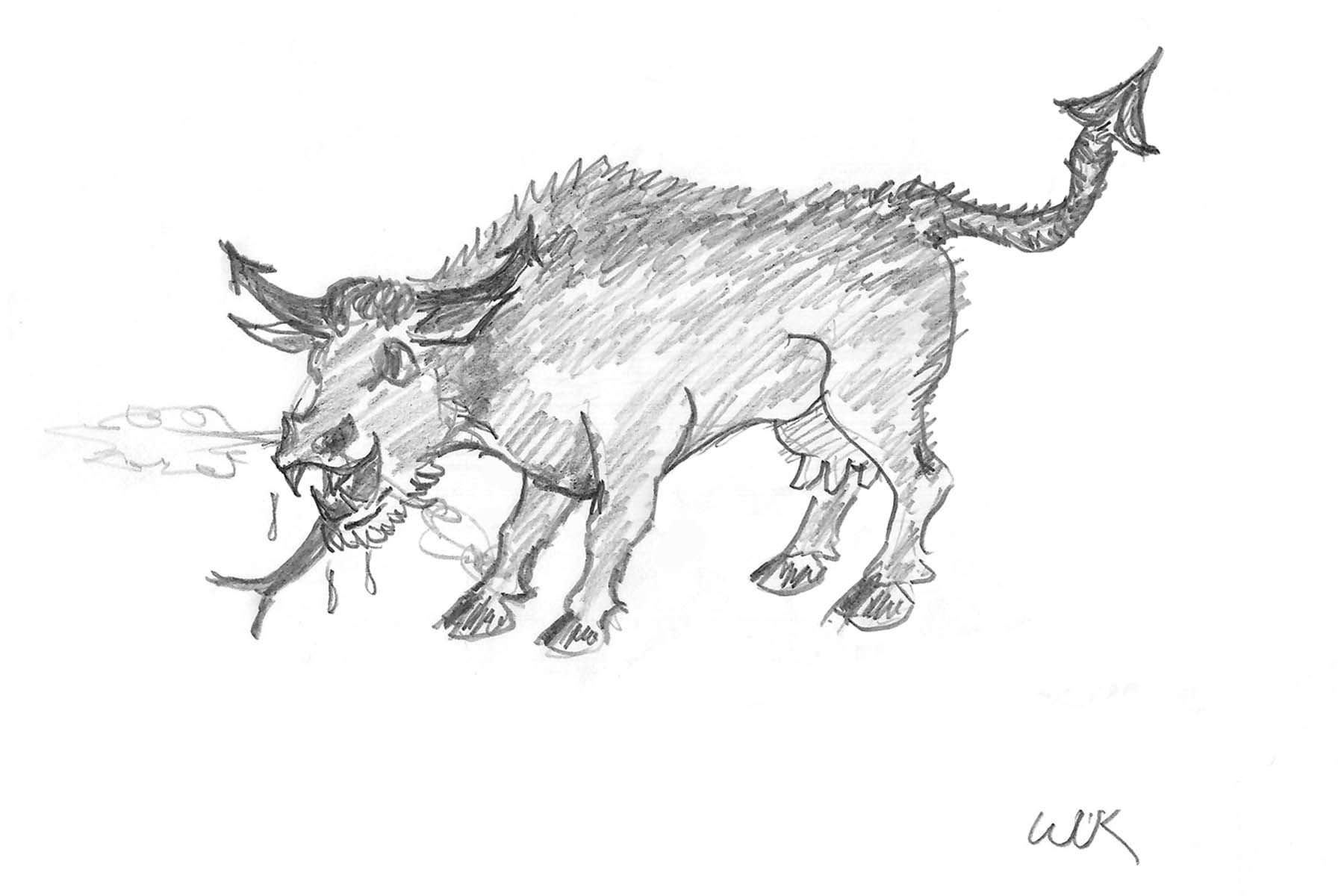
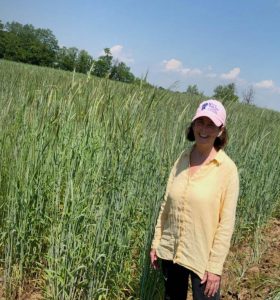 We’ve been working with cover crops on crop land for more than a decade. John Graham, an NRCS agent, convinced me to use covers when he was assessing a tobacco farm I ultimately purchased. The pH was 5.6 , years of salt fertilizers had done their jobs, and the soil porosity was non-existent. I started with fall covers, learned to use tillage radishes, learned to use spring oats and winter peas in the spring if I was too late for rye, and discovered buckwheat for summer cover and smother crop.
We’ve been working with cover crops on crop land for more than a decade. John Graham, an NRCS agent, convinced me to use covers when he was assessing a tobacco farm I ultimately purchased. The pH was 5.6 , years of salt fertilizers had done their jobs, and the soil porosity was non-existent. I started with fall covers, learned to use tillage radishes, learned to use spring oats and winter peas in the spring if I was too late for rye, and discovered buckwheat for summer cover and smother crop.